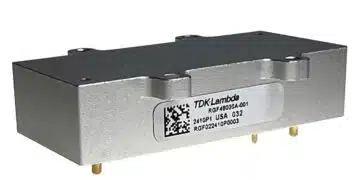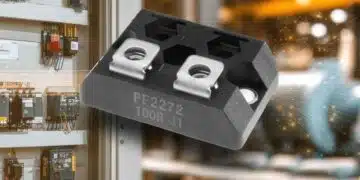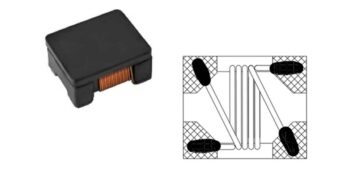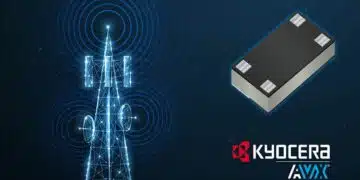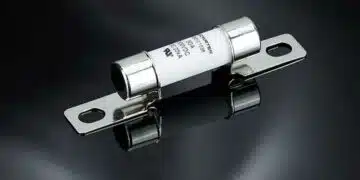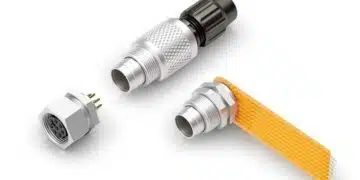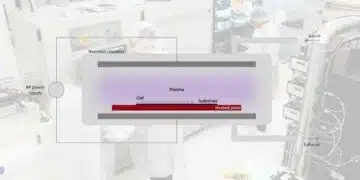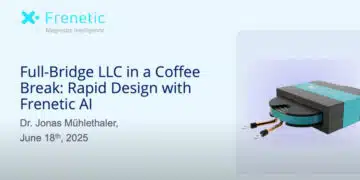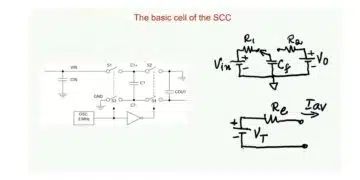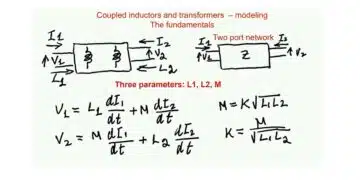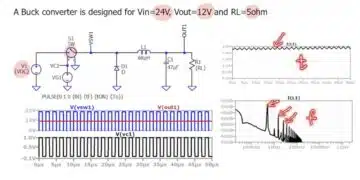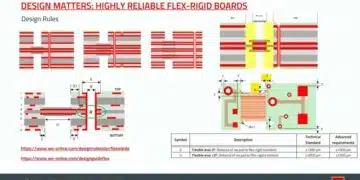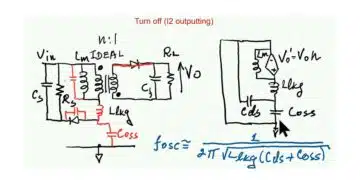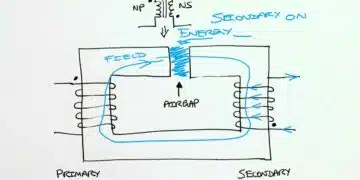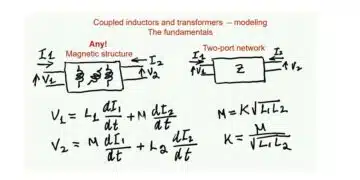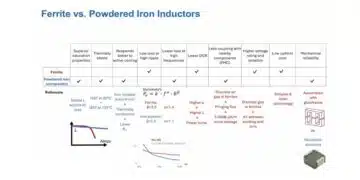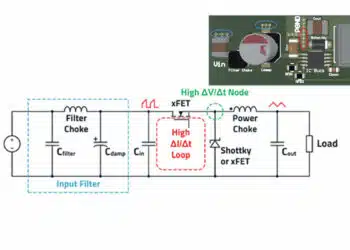Source: TTI Market Eye article
by Michael Knight in: TTI Insights
With the first half of 2019 behind us, I’ve been asked by many if my view on things has changed at all since the industry outlook that I presented at the annual Electronics Distribution Show in Las Vegas this past May. My short answer is “no.”
My less short answer is that I think the year is tracking very close to what I described in that presentation. The long answer usually involves a closer look at the mechanics of the second half of the year – inventory, pricing and lead time trends, tariffs and other headwinds – and what, collectively, that all adds up to for next year.
For those of you I haven’t had a chance to speak with, what follows is a condensed version of my “long answer.” After you digest, I’d love to get your feedback.
End Customer Demand
Let me start with making a few observations about the demand side of TTI’s business. In July, TTI conducted mid-year reviews covering all business groups and regions. The reviews included detailed analysis of each business units’ expectations for the remainder of the year. Those provided a close look at real demand by customer and market segment.
The big takeaway from that process was that, for most regions and areas of our business, customer demand has been holding up pretty well. Especially considering what a monster year 2018 was and the chaos and uncertainty that world events have injected into the supply chain.
TTI’s quarterly and first-half revenue comps were all positive. In fact, Q2’19 was the second-best quarter in TTI North America’s history and the year-to-date book-to-bill ratio is positive. Further, our friends at Mouser Electronics are on track to have an up year on their monster 2018, even with the slowdown in Asia.
The consensus at the conclusion of the meetings was that each of our businesses will finish the year posting some growth on top of last year’s results. The growth may be small, but again, in the context of the barnburner we had last year and all the noise in the market, I believe this to be an accomplishment of note.
Inventory
But there also is no doubt that things are slowing a bit. We anticipated this, and I discussed the causes and timing of that slowdown during that EDS presentation. Back then, the inventory build-up in 2018 and subsequent adjustments as the year progressed were the hot topics of the show. This has definitely had an outsized impact on component suppliers who sell a disproportionate amount of their output through distribution and/or to the EMS sector. As product lead times eased, both groups got serious about slowing the inflow of product and aggressively adjusted open orders on the component suppliers. As the first quarter rolled into the second, we saw many of our EMS customers tap the brakes, even putting existing inventories in reverse by working with suppliers to return parts that they judged as excess based on new lead times.
At the start of 2019, many feared that this inventory correction would run the course of this year and even spill over into next year. Going into the third quarter, there is plenty of evidence that corrections are completing throughout the supply chain. End customer demands on distributors and EMS providers are moving back to more normal inventory replenishment patterns as supply chains rebalance to new component lead times.
Further evidence of this is a September article in the DIGITIMES reporting that passive component suppliers in Taiwan have seen demand recover to the point that leads times are once again starting to advance.
“Demand for MLCCs [and] chip resistors, as well as other passive components, has started picking up substantially, according to industry sources in Taiwan.”
– DIGITIMES, September 3, 2019
When the channel cuts inventory, history shows that it often cuts too deep. If that is the case in this inventory correction, it is quite possible that in the fourth quarter the industry will see positive book-to-bill ratios and even tightness in availability for some component types.
Market Drivers
New short-range and long-range communication protocols, and the implementation of 5G cellular technology, aren’t happening at the pace that was expected for this year, but they are happening. In spite of the slowdown, both TTI and our RFMW subsidiary are seeing pockets of strong demand as local areas build out their 5G infrastructure.
There is no doubt that true 5G (not the software-based head-fake behind the “5G” that occasionally pops up on your 4G phone) will have an oversized impact on the supply chain. The rollout will both replace existing cellular technology and enable end customer products to become smarter and more connected, further propelling all things IoT. The new products will have denser component content than their predecessors and could well bump the component supply chain out of equilibrium.
The same factors are at play in the vehicle market, whether powered by internal combustion engines or electric motors. As electric versions of everything that rolls, flies or floats continue to be developed, the demand for electronic components will grow accordingly.
In North America, light vehicle production is running about 1 million units behind typical annual production rates, but the electronic content in the vehicles that are built is increasing about 10 percent per year. A recovery to norm in vehicle unit production is expected next year.
For heavy duty trucks – for which electronic content is also increasing – unit production is up this year, but predicted to drop a couple of percentage points next year, then surge in 2021.
The military-aerospace market continues to be a bright spot for those who sell into it. The defense industry continues to run stronger than the rest of the market; and, as with communication and transportation sectors, the next generation devices and systems are more component-rich than their predecessors.
Add to that the start of large waves of satellites that are now being built and launched. There is a space-based datacom network under construction that will bring the internet to every person on earth as we progress through the 2020’s.
Non-defense capital goods sales (which do not include aircraft) have slowed this year but have not slipped into recession. Next year is forecast to be a bit better and there is a surge predicted for 2021. U.S. civilian aircraft equipment production growth has also slowed this year to a rate just above even. Next year, growth rates will pick up noticeably before a small, forecast recession in that sector occurs in 2021. The troubles at Boeing and issues associated with the trade wars have a lot to do with this pattern.
Private warehouse construction in the U.S. continues its double-digit growth and, in the process, is helping drive demand for the electronic apparatus behind lighting, security, material handling, industrial robotics, edge computing and wireless communication. TTI both drives and benefits from this trend as we expand our warehouse footprint around the world and deliberately spec-in electronic devices built by our customers.
Headwinds
The evolving United States positions on trade and domestic and global economies have dominated the time and attention of most businesses this year, including ours. A lot of expense has gone into building computer system capability to capture required information on tariffed imports, factor the tariffs into costing and generate tariff-sensitized invoices and reports.
In the electronics industry, the component supply chain has taken much of the initial brunt of this, as the first rounds of import tariffs were largely concentrated on components and materials. But as of this month (September), finished electronic goods manufactured in China also get tariffed.
The overall impact on the industry so far is hard to gauge, but a number of roughly $10 billion is often cited. While this is certainly a lot of money, the U.S. electronics industry is large enough that, up to this point, it has found a way to digest cost and stay mostly healthy. With tariffs now being applied to virtually all electronics made in China, industry (and U.S. consumer) indigestion may not be far away.
At one time or another during the past year or so, the U.S. has turned its sights on most of our major trading partners: Mexico, Canada, the EU and Britain, and of course China. This is forcing supply chains around the world to be gerrymandered and redesigned.
As companies move their manufacturing operations from one foreign country to another (e.g. from China to Vietnam), lead times, inventory and service levels are impacted. Not to mention the fact that moving is expensive, which adds hurt to a company’s financials. A symptom of this pain is the recent slip in the U.S. Purchasing Managers Index (PMI) which just moved into contraction territory after staying in the more “pain free,” above-50 expansion territory for the past three-plus years.
This won’t last forever. As trading relations are stabilized, there is sure to be a lot of scrambling for parts as the industry settles into its new supply chain pathways and works to make up the lost ground. When this happens (maybe twelve to eighteen months from now?) it is not unreasonable to think that the component supply chain could return to the “caddywhompus” state of 2017/2018.
In the meantime, all of these disruptions have freed up capacity in many components manufacturing operations – driving down product lead times, increasing product availability and inviting buyers to once again move pricing, versus availability, to the top of their sourcing decision-making process.
The resulting drop in average selling prices has helped suppress year-over-year top line growth for many component makers and resellers, even as unit output holds steady and in some cases grows for many component categories.
My fear is that this dynamic is once again suppressing manufacturing capacity expansion, in which case “caddywhompus” seems unavoidable as headwinds abate and electronic component rich end markets grow through the 2020’s.
Bottom line: the electronic component industry is in some choppy waters, but the seas should calm as this year transitions into next. The industry is not taking on water and is definitely not in danger of capsizing. The best thing to do is keep an eye on the horizon, run a tight ship and prepare for the inevitable return of fresh tailwinds.


